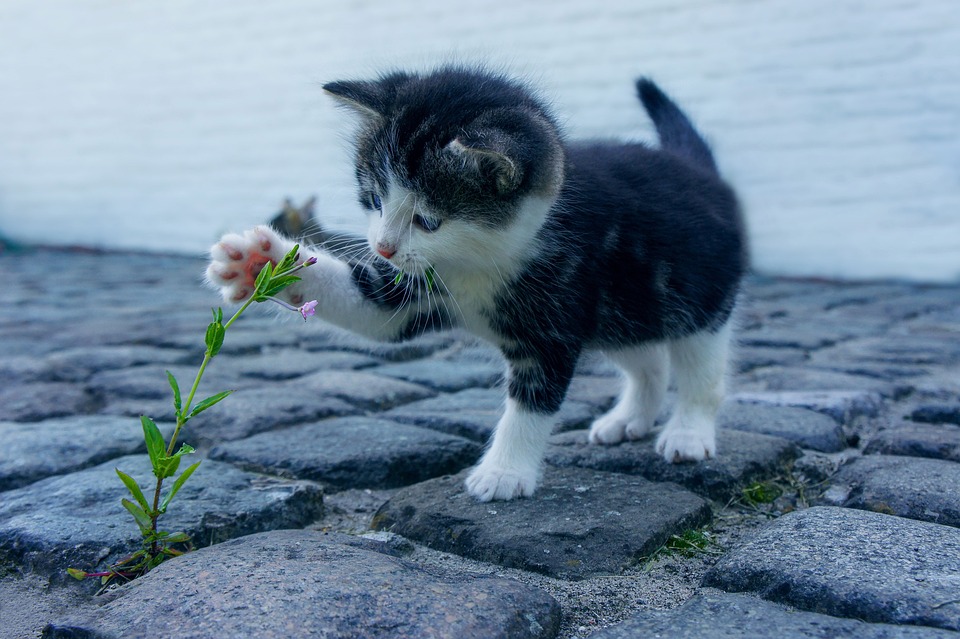Cats have a unique way of communicating with their humans and fellow felines. While they may not speak our language, they have developed a variety of vocalizations to convey their needs, emotions, and desires. One of the most common forms of feline communication is the meow. In this article, we will explore the reasons behind why cats meow and provide insight into the mysteries of feline communication.
Meowing is primarily a method of communication between cats and their human companions. Unlike other forms of communication, such as body language or scent marking, meowing is a vocalization that cats have specifically developed to interact with humans. By meowing, cats can express their various needs and emotions, seeking attention, food, or simply initiating social interaction.
One common reason why cats meow is attention-seeking. Cats are known for their independent nature, but they also crave attention from their human companions. Meowing can be a way for cats to grab our attention and get us to engage with them. If your cat is meowing for attention, it’s important to give them the desired attention and interaction to fulfill their social needs.
Hunger is another common reason why cats meow. Cats often use meowing as a way to communicate their hunger. If your cat is vocalizing around mealtime, it’s likely a signal that they are ready to be fed. Providing regular meals and a consistent feeding schedule can help reduce excessive meowing related to hunger.
Meowing can also indicate that your cat is experiencing discomfort or pain. If your cat’s meows suddenly change in frequency or intensity, it’s essential to monitor their behavior and consult with a veterinarian if necessary. Cats may meow to let us know that something is wrong, and it’s important not to ignore these vocalizations when they appear distressed.
Some cats may meow when they feel lonely or are experiencing separation anxiety. Cats are social animals, and some may meow when they feel lonely or are separated from their human companions. This behavior is more common in cats who are used to constant human companionship. Providing toys, interactive play, and ensuring your cat has enough mental and physical stimulation can help alleviate separation anxiety and reduce excessive meowing.
Outdoor cats may use meowing as a form of territorial communication with other felines. This form of meowing is typically more intense and can be accompanied by other vocalizations, such as growls or hisses. Outdoor cats may meow to establish their presence in their territory or to communicate with other cats in the area.
Cats can produce a wide range of meows, each with its own meaning. By paying attention to the tone, pitch, and context in which your cat meows, you can gain insight into their needs and emotions. A soft and high-pitched meow may indicate a request for attention or affection, while a more intense and repetitive meow may indicate a specific desire, such as food or access to a certain area. Cats may also produce chirping or trilling sounds when they are excited or hunting prey, and a distressed meow may indicate pain or a feeling of being threatened.
While meowing is primarily a form of communication between cats and humans, cats can also use meows to communicate with other felines. However, it is not as common as other forms of feline communication, such as body language or scent marking.
Excessive meowing can have various causes, including medical conditions, anxiety, or a need for attention. If your cat’s meowing becomes excessive or changes suddenly, it’s best to consult with a veterinarian to rule out any underlying health issues. They can help determine the cause of the excessive meowing and provide appropriate treatment or guidance.
Certain cat breeds are known to be more vocal than others. Siamese cats, for example, are notorious for their loud and persistent meowing. However, individual cat personalities can also play a significant role in vocalization tendencies. Some cats may naturally be more talkative than others, regardless of their breed.
To discourage excessive meowing, it’s important to address the underlying cause. Ensure your cat’s basic needs are met, such as providing regular meals, playtime, and social interaction. If the excessive meowing persists, consult with a veterinarian or a professional animal behaviorist for guidance. They can help identify any underlying issues and provide strategies to reduce excessive vocalization.
In conclusion, meowing is a crucial element of feline communication, allowing cats to express their needs, emotions, and desires. By understanding the various reasons behind why cats meow and interpreting their meow types, we can strengthen our bond with our feline companions and ensure their well-being. Remember, listening to your cat’s meows and responding appropriately is key to maintaining a healthy and fulfilling relationship.








